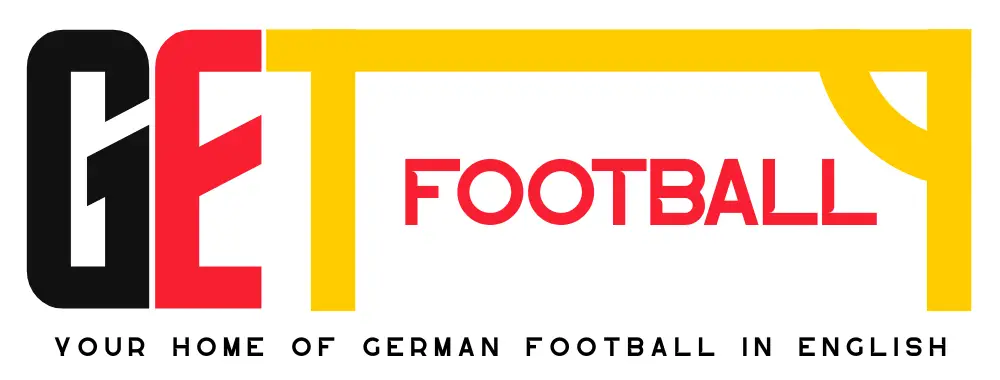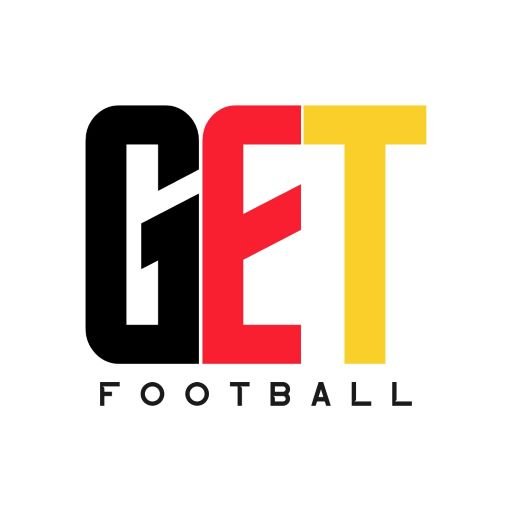Based in the Köpenick neighbourhood of Berlin, Union Berlin are currently enjoying their first ever campaign in Germany’s Bundesliga. Sat 12th in the top flight of German football as play resumes this weekend, Die Eisernen have surprised pundits and their own fans alike with their solid overall performance during their maiden Bundesliga season. Some of the sacrifices made along the way make this one of football’s true fairytales.
Founded in 1906 originally and re-formed in 1966, Union Berlin have had an illustrious history to date. Situated in Eastern Berlin, the club found themselves on the ‘other’ side of the Berlin wall and until its fall in 1991, would play in the DDR-Oberliga, East Germany’s top-flight. 1968 saw an East Germany cup win for Union but other than that piece of silverware, success has instead always been measured in above average league finishes rather than trophy wins.
But at this point it wasn’t Hertha Berlin who provided the rivalry, rather BFC Dynamo Berlin, the team who were then backed by the feared Stasi. These derbies gave birth to Union’s fierce sense of tradition through its working-class roots with punks and rebels regularly attending matches in open defiance of the opposition. Union Berlin became East Germany’s anti-establishment club, a place where those against the state could seemingly freely criticise through chanting. This was more than a football rivalry; it was a war of ideologies.
The domination of Dynamo Berlin came with the relocation of Dynamo Dresden by GDR officials in 1978. It would result in Union’s rivals going on to win ten straight DDR-Oberliga titles soon after, most claiming opponents and match officials were bribed in the process. Matches often resembled war zones when the two sides clashed during the 1970’s and 80’s.
But Union would dramatically progress on the field towards the late 1980’s and until the turn of the century with Dynamo dropping back after the fall of the Berlin Wall in 1991. Even though both club’s fanbases still share a deep hatred, there’s been no meeting since May of 2006 where Union ran out 2-0 winners in a fifth division match-up.
With the start of German unification in 1990, Die Eisernen turned a corner on the field. The club won the Regionalliga Nord (third division) in 1993 and 1994 but were denied a license to play in the 2. Bundesliga on both occasions due to the club’s mammoth financial problems. In 1997, the club again came close to financial ruin but managed to finally fight it off with promotion to the second flight of German football in 2001 after again winning their division the two years prior. During the same season, Union shocked Germany by reaching the German Cup final from the third tier but were soundly beaten 2-0 in the final by Bundesliga side Schalke. A short appearance in the UEFA Cup followed with Union knocked out in the second round by Bulgarian side Litex Lovech.
Die Eisernen would once again face severe financial struggle in the mid-2000’s as the club dropped into the fourth tier. With the DFB requiring Union to pay a deposit of €1.5m before the 2004/05 season to sustain its place in the league system, the fans stepped up. With a system in place in Germany where blood donations were paid for by the state, fans donated their blood and offered the money to their own debt-ridden club. The ‘Bleed for Union’ campaign is testament to one of the strongest fan-club bonds in world football and it doesn’t stop there with Union.
The arrival of Dirk Ziegler as club president in 2004 proved to be a big turning point for the eastern Berlin club. His support, along with the fans, during the ‘Bleed for Union’ movement kept Die Eisernen from financial failure in 2004 and his large presence has been subsequently felt since. His love for Union Berlin perhaps best highlighted in 2008 when the club needed to modernise their stadium, Stadion An Der Alten Försterei. With the club still struggling financially, Ziegler and over 2,500 Union fans put in endless hours of work in order to build a new stand. Another example of the sheer passion the Union fans have for their club.
After ten years in 2. Bundesliga, Ziegler’s impact came to a head during the 2018-19 season when for the first time in the club’s history, Union Berlin were promoted to the Bundesliga after beating Stuttgart in the play-offs.
Pundits and opposition fans gave them little chance of survival at the start of their debut season but under the guidance of manager Urs Fischer, Union have surprised many with their mid-table form this year. This season has brought about a very mixed bag of results, some big losses and some historic victories.
The opening day visit of RB Leipzig didn’t prove to be a good start for Die Eisernen. Off the field, Union fans would partake in a ‘silent protest’ against their opponents for the opening 15 minutes of the match. Famed of course for their rapid rise through the German lower leagues prior to their top-flight success, Leipzig are viewed by many, especially by Union fans, as a team that goes directly against the true morals of German football. The Wuhlesyndikat ultras group stating before the match, “the construct from Leipzig tramples all over these values.” On the pitch, Leipzig did the talking, running out easy 4-0 winners thanks to a Marcel Sabitzer masterclass.
The rest of August turned out to be more successful for Fischer and Union. An away draw at Augsburg was followed up with a huge 3-1 home defeat of German giants Borussia Dortmund, a packed crowd of over 22,000 witnessing strikes from Marius Bülter and the outstanding Sebastian Andersson lead the club to a historic win.
However, Die Eisernen would go on to lose five of their next six throughout September and October before they ‘welcomed’ city rivals Hertha to the Köpenick neighbourhood of town. This would be the Bundesliga’s first Berlin derby in 42 years, it proved to be fireworks in the stands but not exactly on the pitch.
Union took the three points thanks to a last-minute penalty from striker Sebastian Polter but the action would be largely overshadowed by events off the pitch. The match-up suffered a lengthy stoppage at the beginning of the second half as Union fans threw flares onto the field leading to ten minutes of second-half added time but tensions greatly rose at the final whistle. Despite seeing their team victorious, Union ultras stormed the pitch in an effort to get to Hertha’s away following, Die Eisernen goalkeeper Rafal Gikiewicz seemingly the only barrier standing in the way of mass violence. Hertha would go on to condemn the incident after full-time and said in a statement that the club “dissociates itself” from the “unsightly scenes” that overshadowed the derby.
Since then Union’s form has been up and down all season long. Big wins at Eintracht Frankfurt and at home to Borussia Mönchengladbach have been offset by key losses to Fortuna Düsseldorf and Hoffenheim along the way. It leaves them in 11th spot when the play resumes this weekend and it gifts them a great chance of survival in their maiden Bundesliga campaign.
A look at their final nine matches however offers a lot of intrigue. Starting with a home tie against Bayern this weekend, they then face fierce rivals Hertha the week after. With what happened during the home clash, Union Berlin fans will feel almost cheated that the outbreak of COVID-19 has cost them a chance to represent their team at Hertha’s Olympic Stadium. Their other seven fixtures feature match-ups against high flyers Mönchengladbach and Schalke but equally see them play struggling Fortuna, Paderborn and Mainz. If Union hit the ground running, most would say they have a favourable set of fixtures ahead.
Regardless, Die Eisernen will have to rely on their star players to carry the Berliners over the finish line when play resumes.
Top scorer Sebastian Andersson has stood out upfront for Union this term. With 12 goals in 28 appearances in the league, the Swedish target man has rescued his side on many occasion, scoring big goals when they matter most. Andersson has further remarkably won more than twice as many aerial duels as any other player in the Bundesliga this season with 194.
Full-back Christopher Trimmel has also enjoyed a stand-out season for Die Eisernen, creating the most chances from set pieces in the Europe with 34. The former Austrian international has 9 assists to his name including three in the same game against Mainz back in September in a 3-2 away win.
Arguably it’s Union’s defensive capabilities that have seen them pull clear of the relegation battle with nine games remaining. Fischer’s decision to change to a solid three-back formation in October paying dividends since and Union fans will be hoping it’s enough to secure Bundesliga survival, providing the club with a base for future growth, growth that is already underway and evident. Speaking with the Bundesliga’s official website, Union centre-back Neven Subotic highlighted this a few months back: “I look at it with a different mindset, and so do most of the players here at the club. They don’t want to be here for a year. They want to be here and establish themselves as Bundesliga players.”
Much like Barcelona with their ‘mes que un club’ title then, Union Berlin are more than just another German football team. The club offers a base for something much bigger, a community, a society, a collective ideology. Granted, Bundesliga survival may be the biggest goal on the pitch for Die Eisernen but off of it, the fact that Union Berlin still exist is testament to the dedication of some of the most passionate fans in European football.










